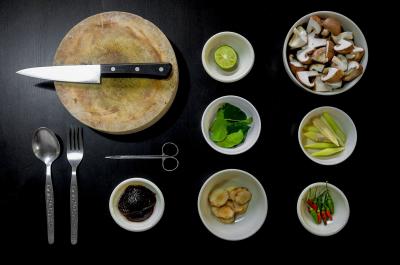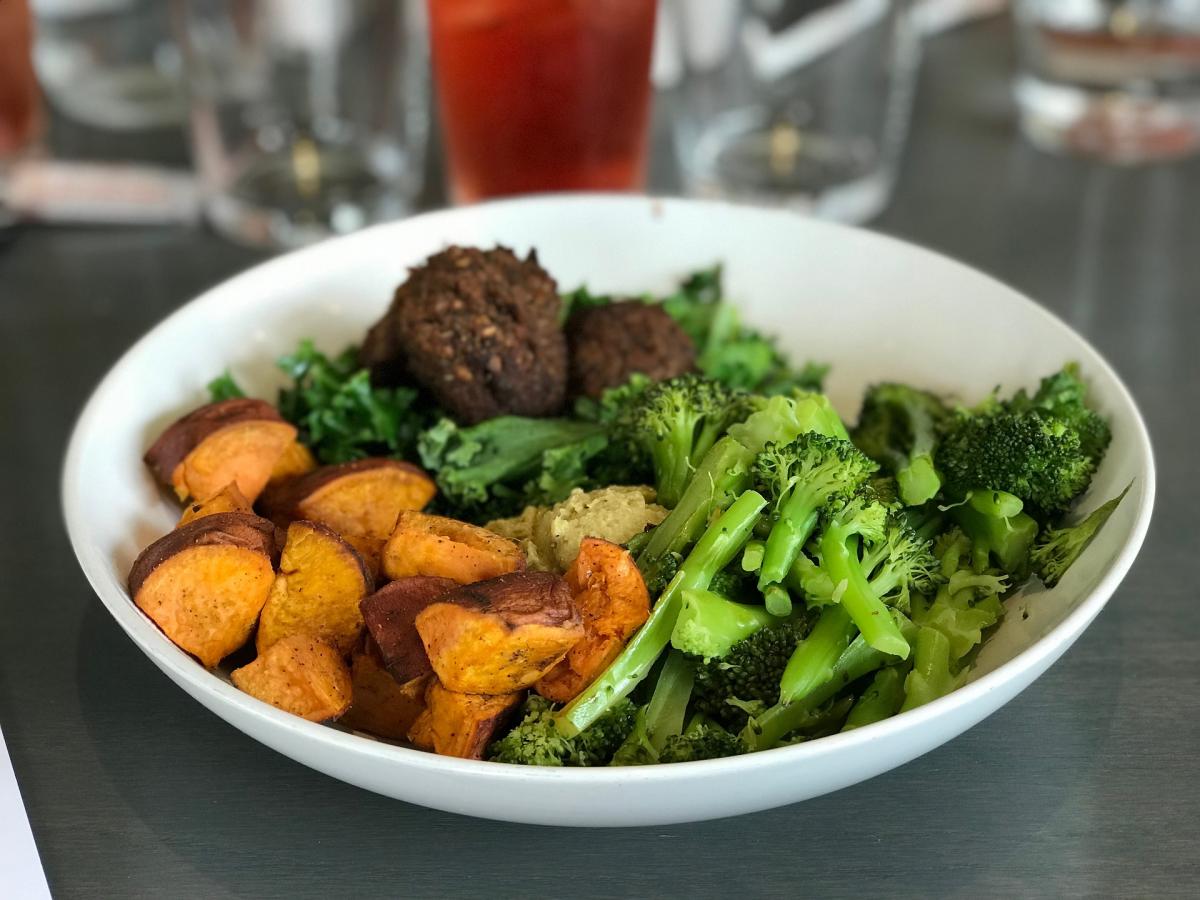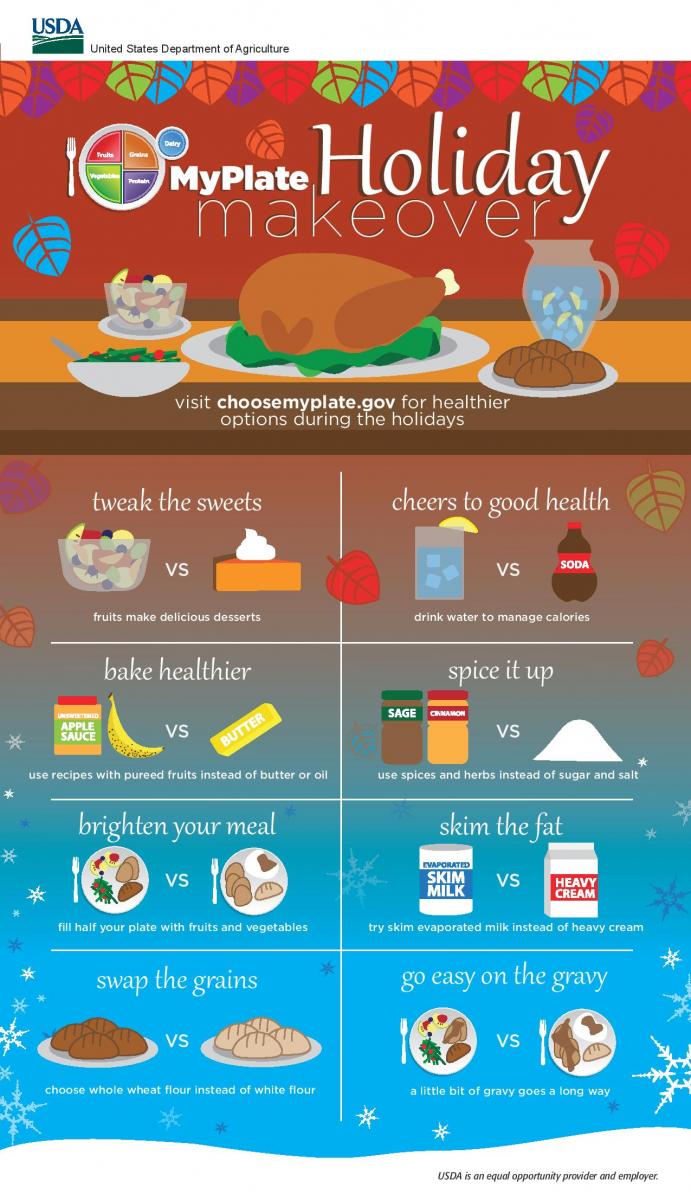
We know our patients love cooking and eating, so we spoke with our resident chef in Gainesville, SIMED ARNP Michelle Green, about how to make great tasting healthy foods.
Here are her top hacks for healthy cooking:
1. Take Advantage of Free Healthy Recipes on the Internet
Michelle’s favorite go-to website for cooking recipes is diabetes.org. While no one in Michelle’s family has diabetes, the food on the website is guaranteed to be healthy and make her family happy. She’s spent hours on the website, browsing through the many recipes and learning health information.
Anyone with access to the internet can take advantage of the free cooking recipes on the site. Just visit the main website, click on the food and diabetes tab, and select recipes.
Another website Michelle recommends is recipes.heart.org by the American Heart Association which includes numerous dishes certified for a healthy heart.
At whatscooking.fns.usda.gov, you can also access healthy meals that everyone will enjoy. You can create your own cookbook and browse through a collection of other cookbooks and recipes like “Healthy, Tasty, Affordable Latin Cooking” or “The 2016 Healthy Lunchtime Challenge Cookbook.”
Weightwatchers also offers an assortment of free cooking recipes from which you can choose.
2. Swap out fats for healthy alternatives from the Mediterranean diet
Instead of using cooking spray, use olive oil. Instead of having just your standard hamburger, consider making alternatives like black bean burgers or turkey burgers. Cook more fish and chicken and lean cuts of meat. You can even find creative recipes that don’t include meat but provide essential nutrients.
3. Crunched for time? Turn to frozen vegetables
Michelle has two teenage boys who are always on the run, so when she needs a quick meal she heads over to the frozen vegetables. Michelle warns against buying prepared meals and canned foods. When she’s getting frozen vegetables, she makes sure they don’t have sauce and are without added flavors.
4. Substitute rice for riced cauliflower
Michelle loves riced cauliflower. Available in frozen vegetable aisles in Walmart and Publix, riced cauliflower tastes almost exactly like rice, but provides many more health benefits. Riced cauliflower can be used in casseroles and other meals as a healthy cooking substitute for rice.
Michelle understands that for most people, money can be an issue, and riced cauliflower is affordable. Walmart sells a Walmart brand version of the product.
5. Look for food items that include five ingredients or fewer
The fewer ingredients there are the better. Eat as clean as you can, and always check any packed products to see what is inside of them. For example, if you’re making a dish with green beans, if the ingredients in a can of green beans are only green beans and salt for preservatives, it’s a healthy option.
6. Follow the 80/20 rule when grocery shopping
The 80/20 rule states that 80 percent of the food you consume should come from the perimeter of the grocery store (except for the bakery). From the perimeter, you can get fresh cuts of meat, dairy, fresh produce, and other healthy ingredients. About 20 percent of your food can come from the aisles. This includes packaged, canned, or bagged foods, which should in general be avoided, like RiceARoni.
7. Reference the nutrition label
Most foods and recipes have nutrition information. Check the labels and see what percent of the recommended daily value the food contains of each nutrient before buying. In general, for healthy individuals, men should try not to eat more than 40 grams of fat and women should try not to eat more than 30 grams of fat.
People who are trying to lose weight should consume less fat, and people who have preexisting conditions (who are overweight or have a disease) will need to figure out based on the label whether the food is right for them and at what portion size.
In general, try to eat foods with less fat and less salt. Be careful when choosing frozen or canned vegetables, prepackaged foods, and packet foods. Learn how to read labels, especially if you have diabetes. You can take classes at North Florida Regional Hospital or UF Health.
8. Boil vegetables in low sodium broth for added flavor
When Michelle cooks vegetables, she puts them in a low sodium chicken broth or vegetable broth. For people who enjoy collard vegetables flavored with ham or bacon, boiling the veggies in a low sodium broth can add flavor without adding fat as a tasty healthy alternative.
9. Substitute sour cream for Greek yogurt
If you’re cooking a recipe that requires sour cream like dips, you should substitute the sour cream for nonfat, nonflavored Greek yogurt. It’s an even exchange that adds protein and makes the food healthier. The food will taste almost exactly the same.
10. Substitute oil for apple sauce when making boxed cakes
If you’re making a cake out of the box, you can substitute oil for apple sauce as a healthy alternative.
11. Avoid bread as much as possible
When you eat, cut out as much bread as possible from meals. You can substitute bread with vegetables. Bread acts as a filler and doesn’t provide essential nutrients.
12. Swap out potatoes for sweet potatoes
If you’re making a dish that includes baked potatoes, use sweet potatoes instead. They are more nutritious and healthy.
Michelle Green works in SIMED Primary Care. If you could like to schedule an appointment with her office in Gainesville, call 352-376-2608 or request an appointment online.
If you could like to schedule an appointment with another primary care office in Gainesville, Ocala, Chiefland, or Lady Lake, call 352-224-2225 or schedule the appointment online.
